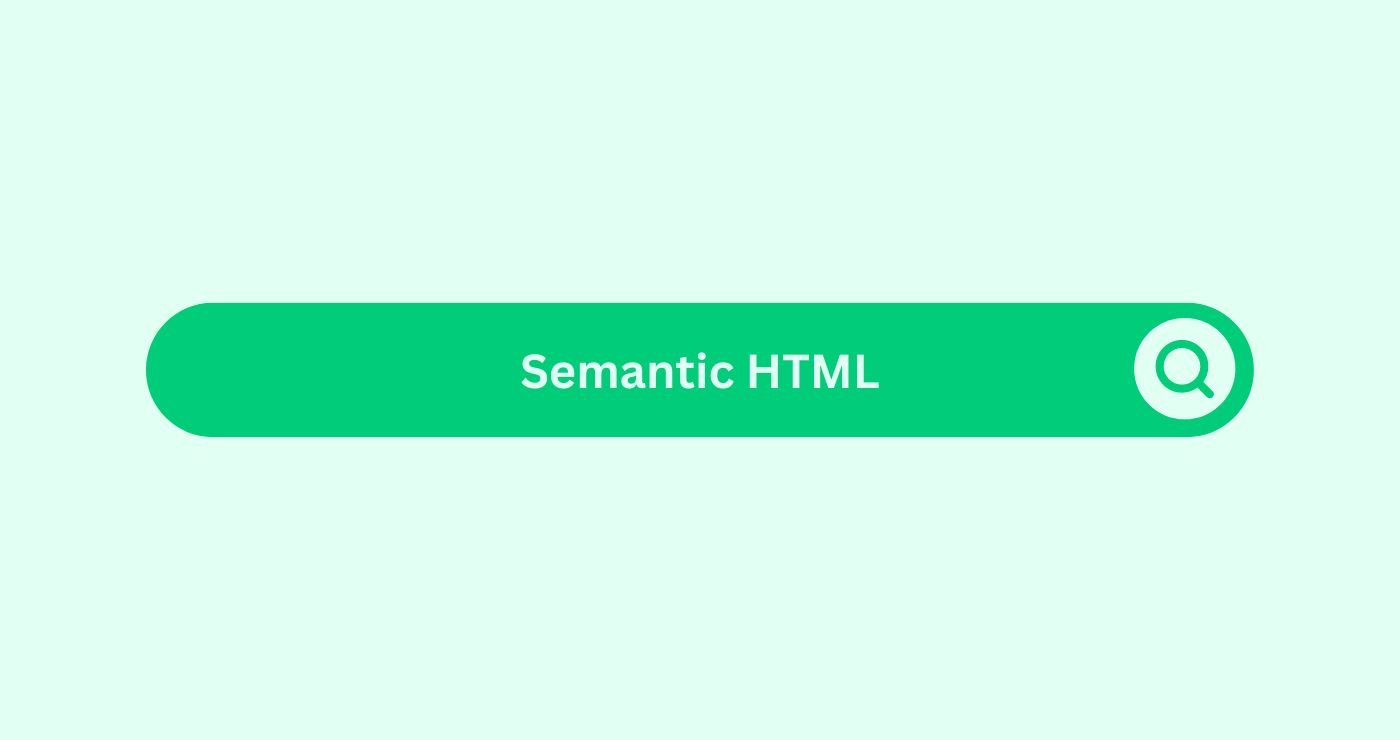Definition
Semantic HTML in Email MarketingDefinition
E-mail marketing uses targeted messages t... refers to the use of HTML5 elements that convey the meaning and structure of the content in an email. Semantic elements like <header>, <footer>, <article>, <section>, <nav>, and <aside> help provide a clear, organized, and accessible structure to the email content. These elements not only improve the readability and maintainability of the email code but also enhance accessibilityDefinition Accessibility refers to the design and developmen... for screen readers and other assistive technologies, providing a better user experience for all recipients.
Using semantic HTML in email marketingDefinition
E-mail marketing uses targeted messages t... is important because it helps ensure that the content is presented in a logical and meaningful way, making it easier for users to navigate and understand. It also has SEO benefits, as search engines can better understand the structure and context of the content, potentially improving the visibility and effectiveness of email campaigns.
How You Can Use
To effectively use Semantic HTML in Email MarketingDefinition
E-mail marketing uses targeted messages t..., follow these steps:
- Organize Content with Semantic Elements: Use appropriate semantic elements to structure your email content. For instance, use
<header>for the header section,<footer>for the footer, and<article>for the main content areas. - Enhance AccessibilityDefinition Accessibility refers to the design and developmen...: Semantic elements help screen readers and other assistive technologies understand the content’s structure, making your emails more accessible to users with disabilities.
- Improve Readability: Semantic HTML makes your email code more readable and maintainable, making it easier for you or your team to make updates and changes.
Example:
Consider an email newsletterDefinition A newsletter in email marketing is a regularly di... that includes a header, main content, a sidebar, and a footer. Using semantic HTML, you can structure the email as follows:
htmlCopy code<!DOCTYPE html>
<html lang="en">
<head>
<meta charset="UTF-8">
<meta name="viewport" content="width=device-width, initial-scale=1.0">
<title>Email Newsletter</title>
</head>
<body>
<header>
<h1>Newsletter Title</h1>
<nav>
<a href="#section1">Section 1</a>
<a href="#section2">Section 2</a>
<a href="#section3">Section 3</a>
</nav>
</header>
<main>
<article id="section1">
<h2>Article Title 1</h2>
<p>This is the content of the first article.</p>
</article>
<article id="section2">
<h2>Article Title 2</h2>
<p>This is the content of the second article.</p>
</article>
</main>
<aside>
<h3>Related Links</h3>
<ul>
<li><a href="#link1">Link 1</a></li>
<li><a href="#link2">Link 2</a></li>
</ul>
</aside>
<footer>
<p>© 2024 Your Company</p>
</footer>
</body>
</html>
In this example, the <header> element contains the email’s title and navigation links, the <main> element holds the main content with two articles, the <aside> element contains related links, and the <footer> element includes copyright information. This structure not only makes the email more organized but also enhances its accessibilityDefinition Accessibility refers to the design and developmen... and SEO.
Key Takeaways
- Improved AccessibilityDefinition Accessibility refers to the design and developmen...: Semantic HTML helps screen readers and other assistive technologies understand and navigate the email content.
- Enhanced Readability: Using semantic elements makes your email code cleaner and easier to maintain.
- Better SEO: Search engines can better understand the content’s structure and context, potentially improving email visibility.
- Consistent Structure: Semantic HTML provides a consistent way to structure email content, improving user experience.
- Future-Proofing: Using modern HTML5 elements ensures your emails are compatible with current and future email clients.
FAQs
What is Semantic HTML in Email Marketing?
Semantic HTML involves using HTML5 elements that convey the meaning and structure of email content, enhancing readability and accessibilityDefinition Accessibility refers to the design and developmen....
Why is Semantic HTML important in Email Marketing?
It improves accessibilityDefinition Accessibility refers to the design and developmen..., readability, and SEO, making your emails more effective and user-friendly.
How does Semantic HTML enhance email accessibility?
Semantic elements help screen readers and other assistive technologies understand the content's structure, making emails more accessible.
Can Semantic HTML improve email SEO?
Yes, it helps search engines better understand the content, potentially improving the visibility and effectiveness of email campaigns.
What are some common Semantic HTML elements used in emails?
Common elements include
Is Semantic HTML compatible with all email clients?
While most modern email clients support HTML5, it's important to test emails across different clients to ensure compatibility.
How does Semantic HTML improve email readability?
It provides a clear and organized structure, making the email code easier to read and maintain.
Can I use Semantic HTML for all types of emails?
Yes, it can be used for newsletters, promotional emailsDefinition Promotional emails are a cornerstone of email mar..., transactional emails, and more to improve structure and accessibilityDefinition Accessibility refers to the design and developmen....
What are the benefits of using Semantic HTML in Email Marketing?
Benefits include improved accessibilityDefinition Accessibility refers to the design and developmen..., readability, SEO, consistent structure, and future-proofing.
How do I start using Semantic HTML in my emails?
Begin by incorporating semantic elements like




